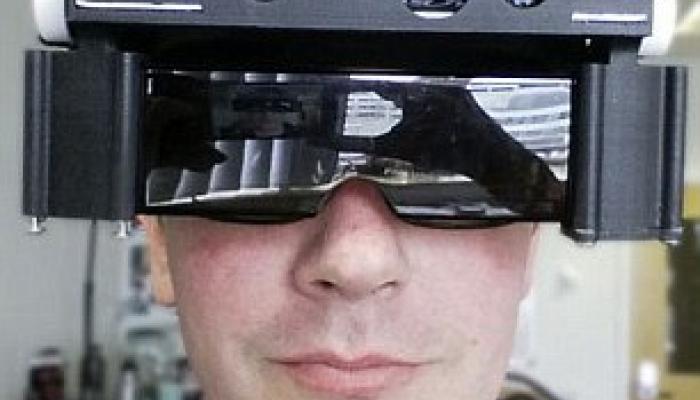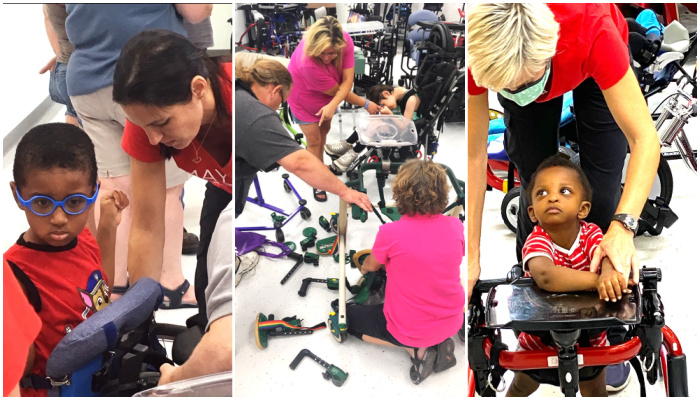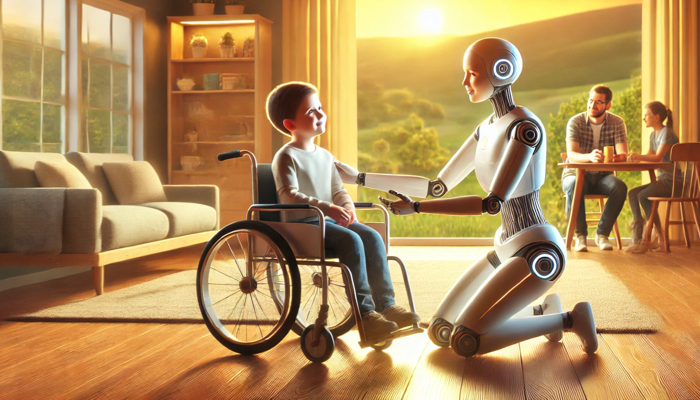Cool New Glasses to Help The Blind See

Sometimes it seems like the future is already here. These glasses are a case in point. Remember the character on Star Trek, played by LeVar Burton, who was blind but wore what looked like a visor over his eyes that let him see? These glasses are kind of like those.
Just to be clear, these would only be useful for people who still have some sort of vision, and not those who are completely blind. At this point, it’s a full piece of headgear, fitting over the head with wiring and gadgets, and lenses right in front of the eyes. Eventually, the plan is for the whole thing to look like a pair of glasses, and for the electronics to be streamlined and invisible.
So how does it work and what does the user see? There are an infrared laser beam and video camera that work in concert to detect images and translate them into a picture. The images appear as outlines, giving everything a two-dimensional quality, but with objects being identifiable. The camera can also take written information and deliver it auditorally to the user’s ear.
It’s useful because, as one woman who tried it said, a cane might go to one side of a pole, and the person walking could walk smack dab INTO the pole. These glasses would allow the person to see the outline of the pole and understand it’s in the way, allowing them to avoid it.
This is still in the prototype stage. The University of Oxford and the Royal National Institute of Blind People (RNIB) won a Google grant that will let them create 100 of these to test out on 1000 people. The plan is to be able to offer this on a wider scale in 2016. For the full post on this and to see more cool images, go here.
Related Posts

Visual Impairment
The Gift of Understanding: How a Young Child Helps His Blind Father Navigate Life
When a parent is blind, it’s natural for people to wonder how their sighted child will adapt. Will they struggle to understand their parent’s needs? Will they feel burdened by...

Assistive Technology, Support
May We Help: Engineering Independence for People with Disabilities
May We Help is dedicated to designing and building custom solutions that help individuals of all ages achieve mobility, access, and independence, all at no cost.

Assistive Technology, Special Needs
Caregivers vs Carebots: Are Androids the Future of Disability Care?
Explore the futuristic world of android caregivers and their potential to revolutionize disability care. Are robots the caregivers of tomorrow?